
Fascinating photographs, taken in the late 19th and early 20th centuries, offer a glimpse into the legendary saloons of the Old West.
The black-and-white photographs reveal the cowboys that drank inside saloon bars and taverns of the Old West in states ranging from Montana to Texas.
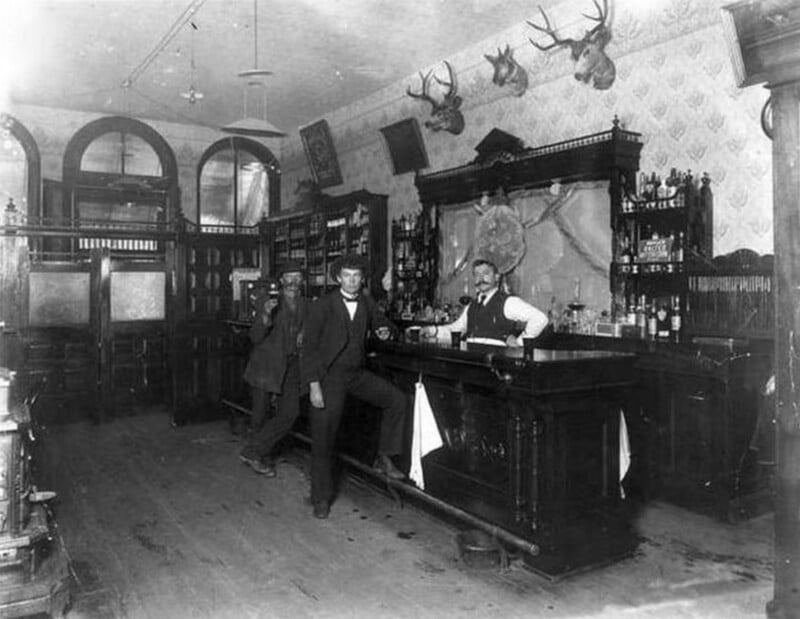
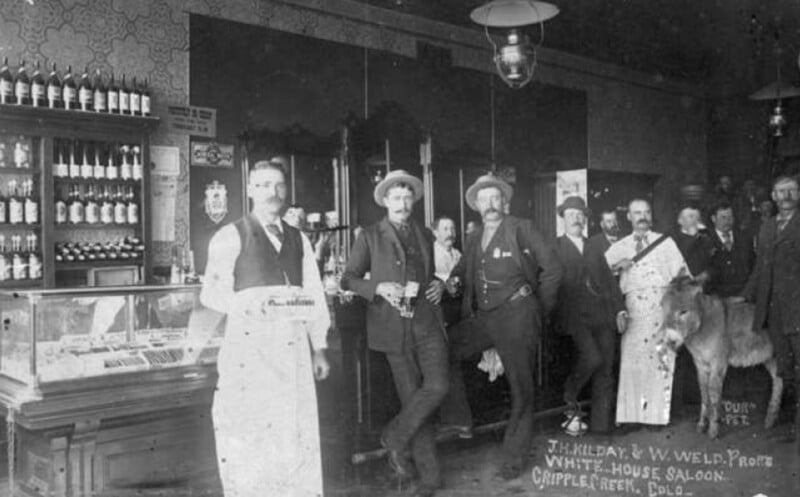
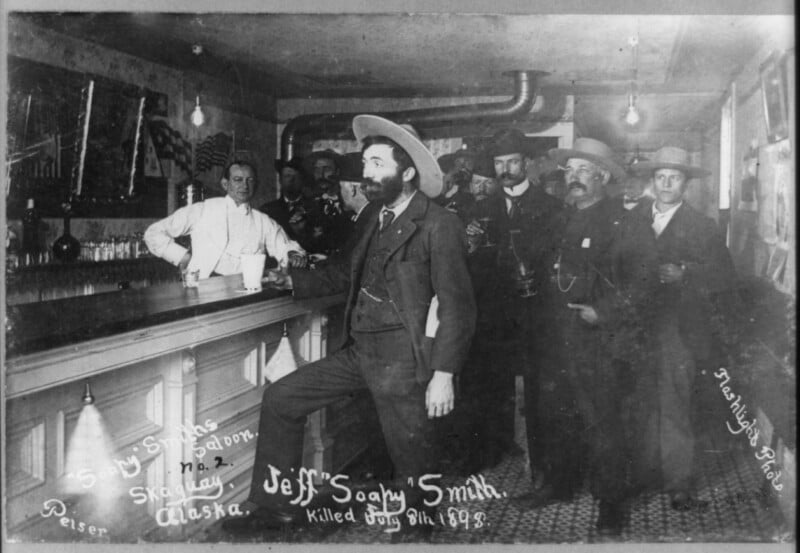
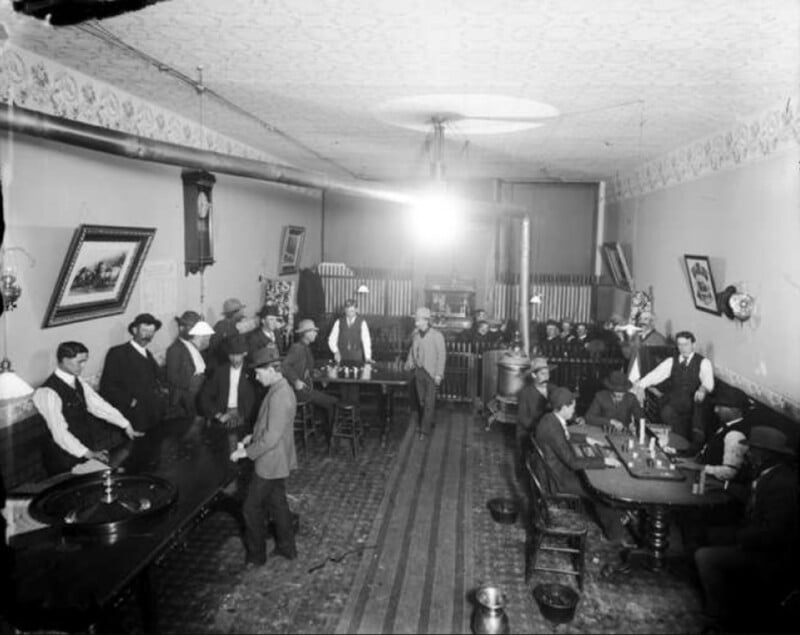

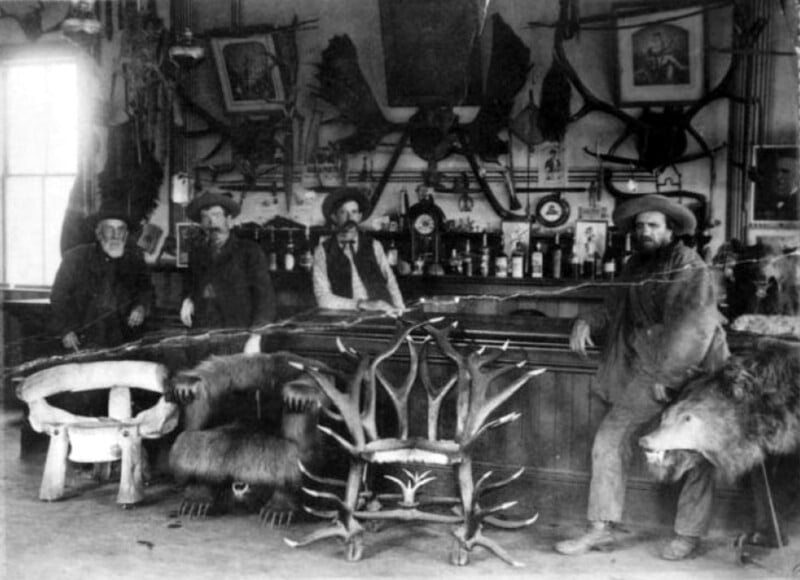
A saloon — which was a bar or tavern particular to the Wild West — were often the first establishment to open in frontier boomtowns and cities.
Life was difficult and cowboys, ranchers and miners had little to do after a hard day’s work but drink and “let loose” in their local saloon. They soon gained a reputation as a den of iniquity with card tables full of gunslingers and barrels of whiskey.
Saloons often housed brothels and opium dens — while brawls would frequently spill out into the street which had the potential to lead to a death.
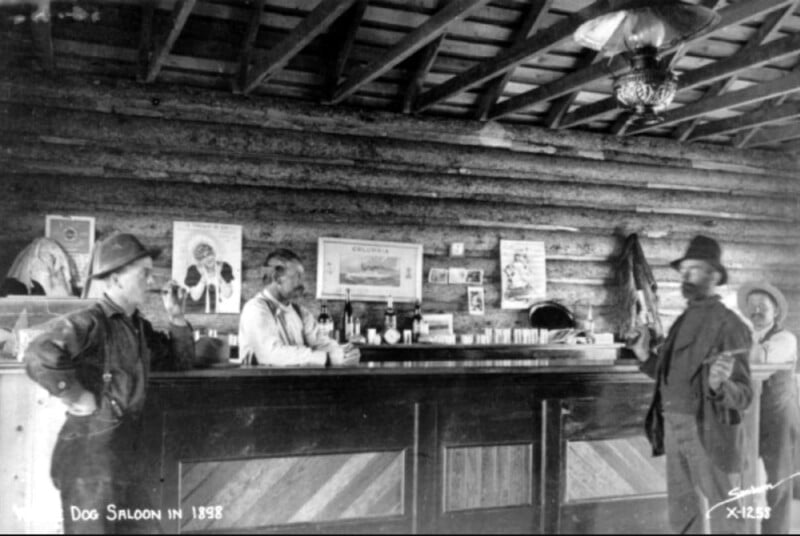

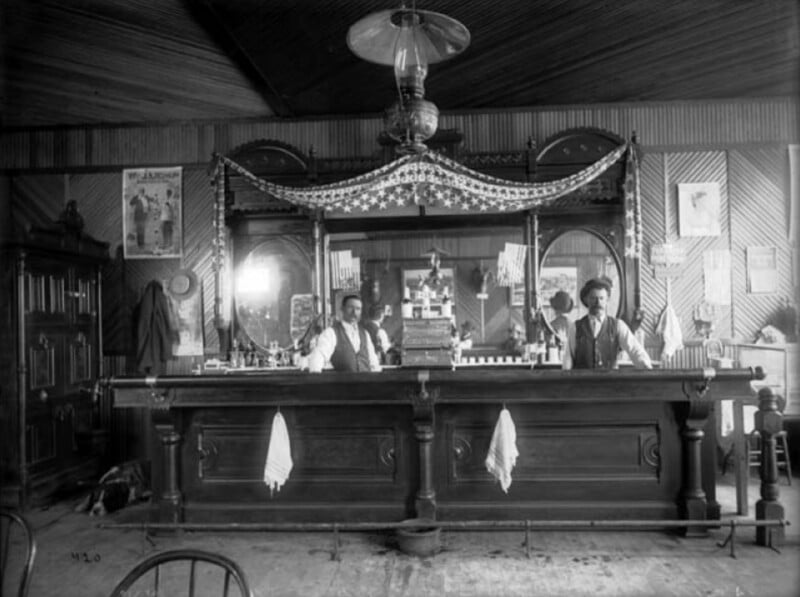
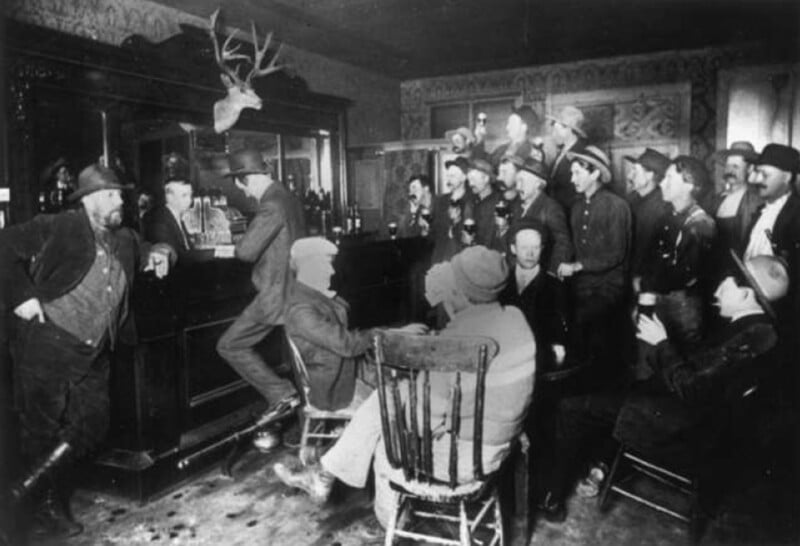
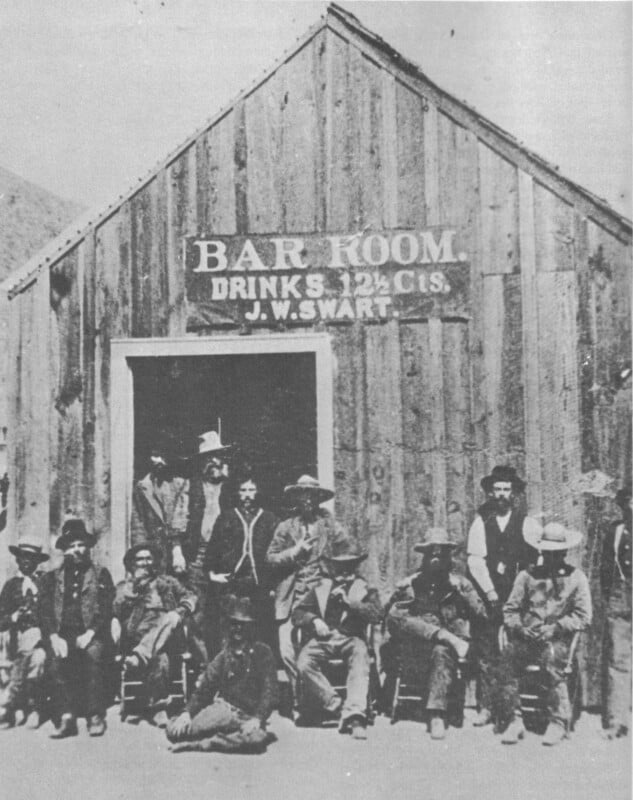
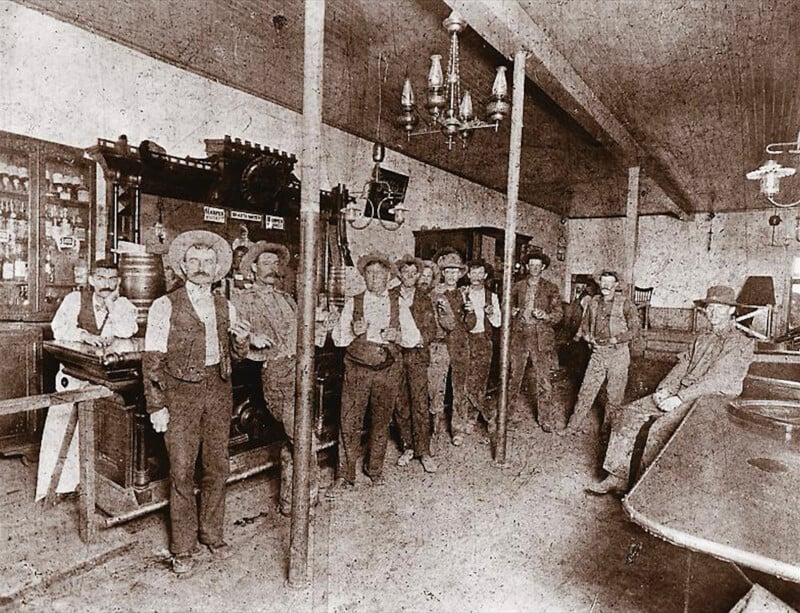
In one incredible 1907 image in this collection, armed cowboys are pictured drinking in a saloon in Tascosa, Texas. Tascosa was called the cowboy capital of Texas and the city’s saloons were the last best hiding place for killers on the run, tinhorn gamblers or anyone else with a past they wanted to escape.
In another photo circa 1880, cowboys pose in Long Branch Saloon of Dodge City, Kansas, which was the scene of several fatal shoot-outs – the most famous of which was the 1879 gunfight in which infamous gambler “Cokeyed” Frank Loving killed cowboy Levi Richardson.
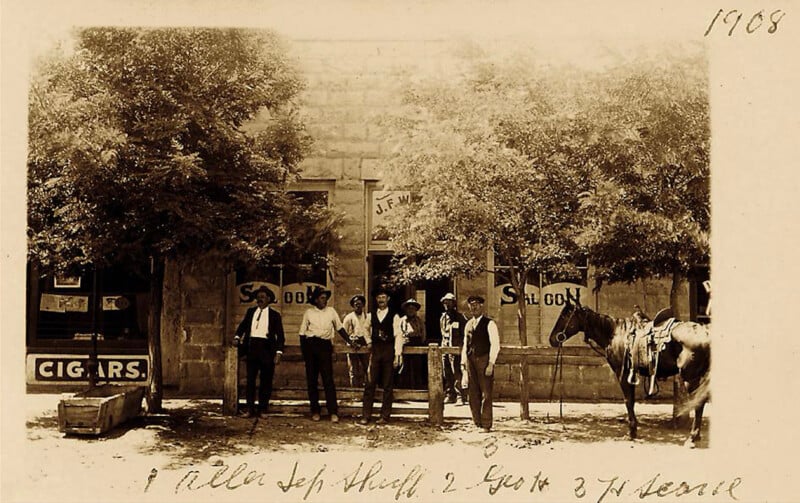

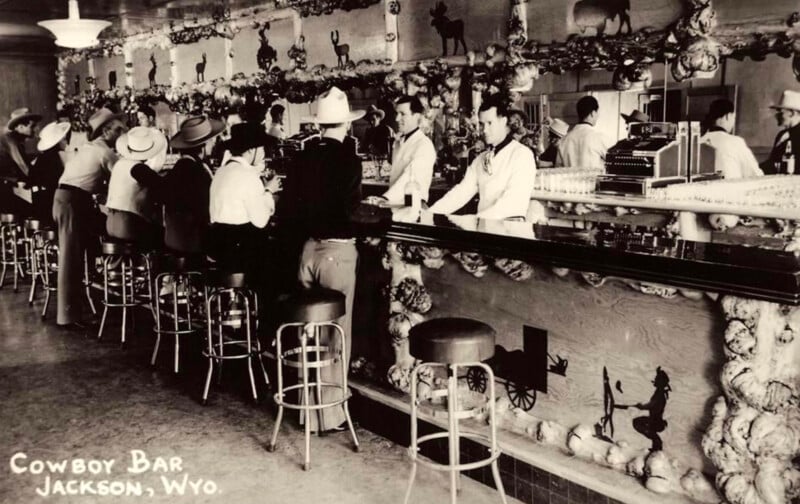
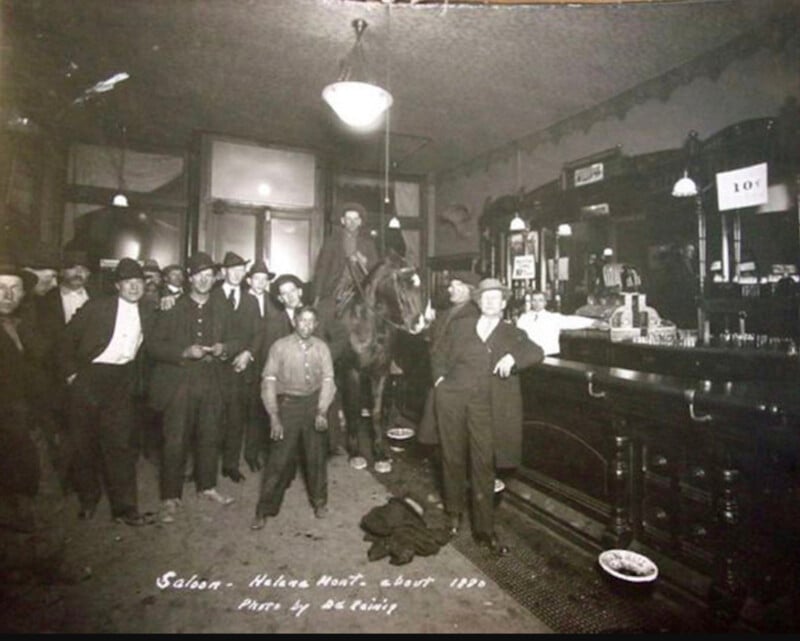
Legendary outlaw “Wild Bill” Hickock was shot dead whist playing poker in the No. 10 saloon in Deadwood, South Dakota. The hand of cards that Wild Bill allegedly held at the time of his death has since become known as the dead man’s hand.

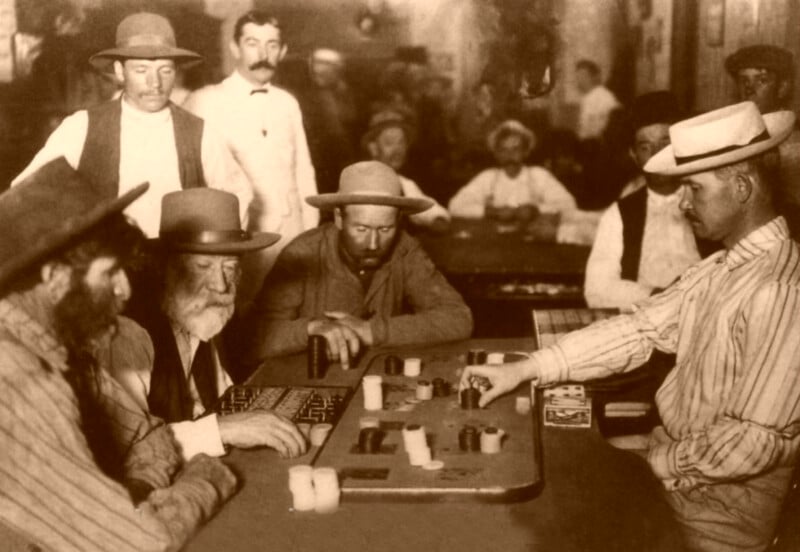
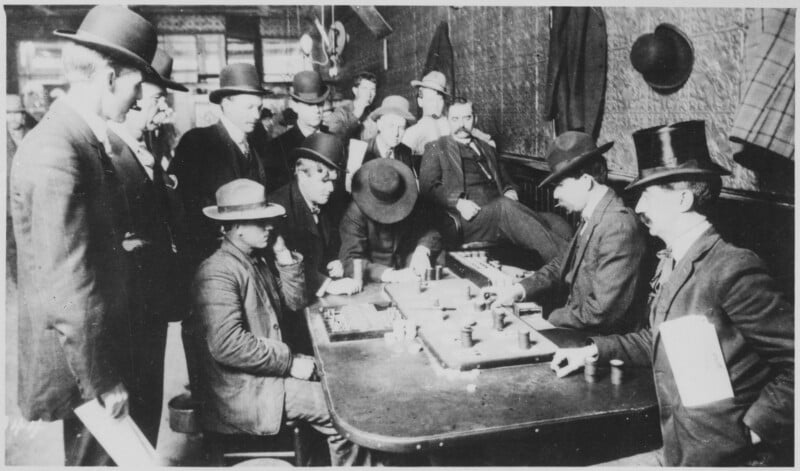
In another photo in the collection, notorious con artist and crime boss Jefferson “Soapy” Smith is pictured in his saloon in Skagway, Alaska in 1889 – from which he ran his criminal operations – before he was killed in a spectacular shoot-out.
In most western towns, there were more saloons than churches — and they were open 24 hours per day, seven days per week.
The first saloon was established at Brown’s Hole, Wyoming, in 1822, to serve fur trappers. By the late 1850s the term saloon had begun to appear in directories and common usage as a term for an establishment that specialized in beer and liquor sales by the drink.
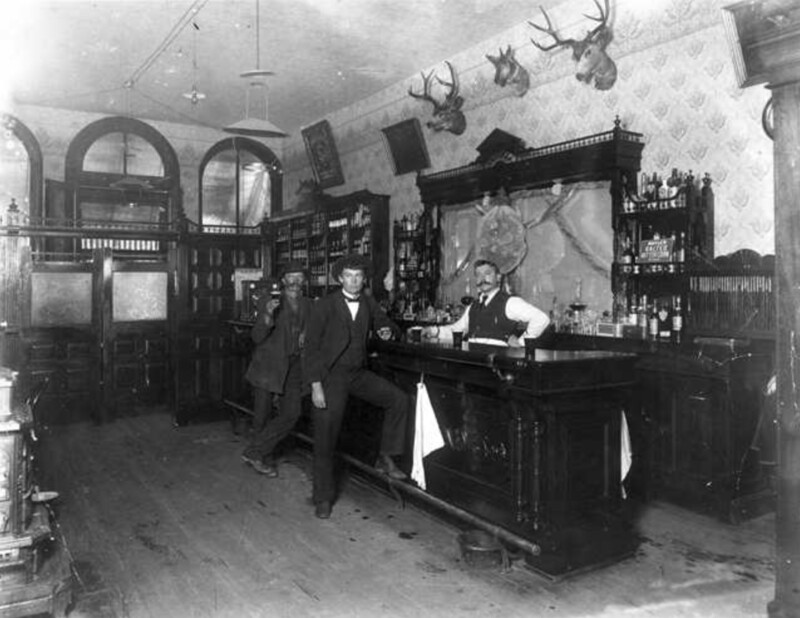
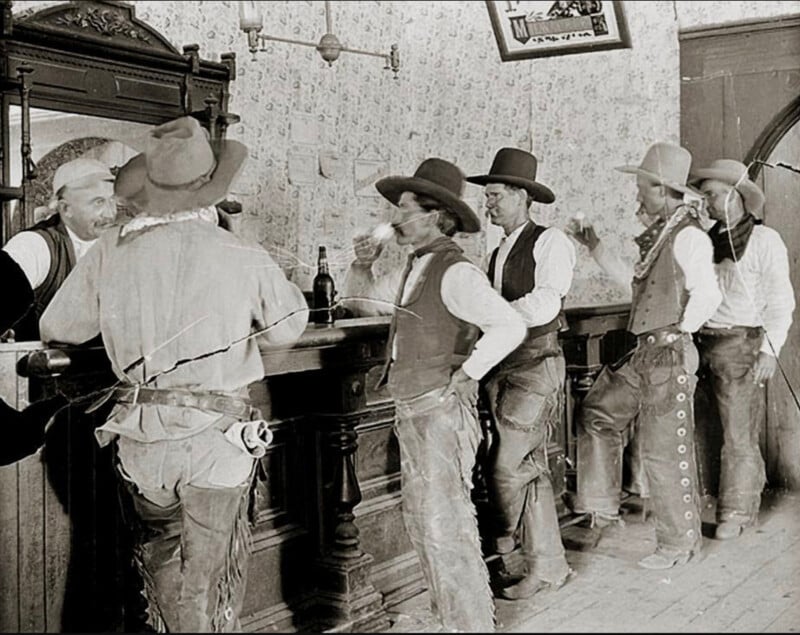
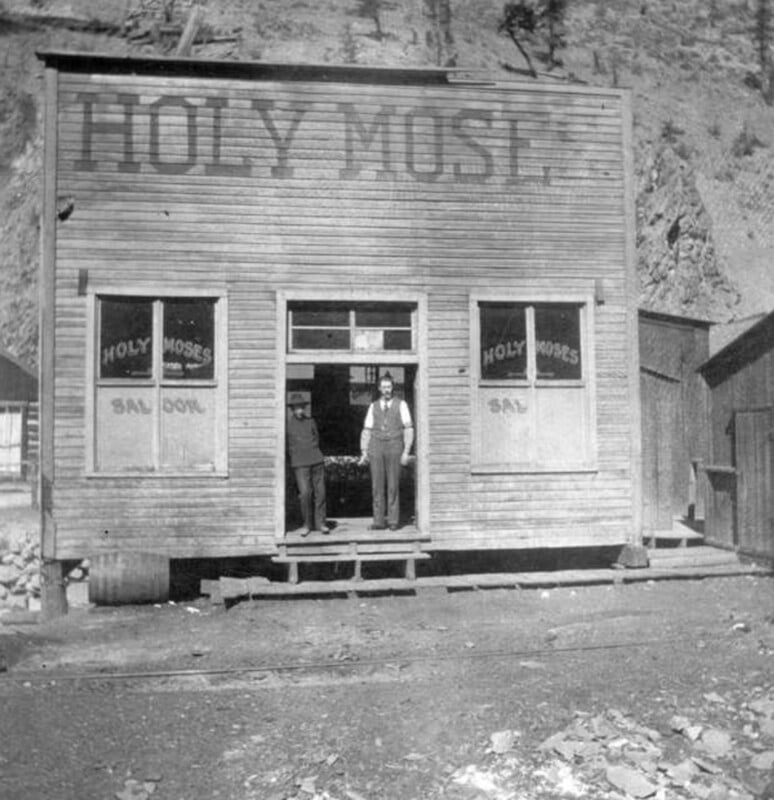

By 1880, the growth of saloons was in full swing and some offered “dancing girls,” faro, poker and, dice games. Mixing alcohol and gambling could result in some deadly gun-play and professional gamblers quickly learned to protect their assets by honing their shooting skills as well as their gambling abilities.
Beginning in 1893, the Anti-Saloon League began protesting against the alcoholism, violence, and political corruption in American Saloons. The league quickly rose to become the powerful prohibition lobby in America and saloons began to decline several years before Prohibition was enforced in the USA in 1920.
